PNC Bank 2005 Annual Report Download - page 36
Download and view the complete annual report
Please find page 36 of the 2005 PNC Bank annual report below. You can navigate through the pages in the report by either clicking on the pages listed below, or by using the keyword search tool below to find specific information within the annual report.-
 1
1 -
 2
2 -
 3
3 -
 4
4 -
 5
5 -
 6
6 -
 7
7 -
 8
8 -
 9
9 -
 10
10 -
 11
11 -
 12
12 -
 13
13 -
 14
14 -
 15
15 -
 16
16 -
 17
17 -
 18
18 -
 19
19 -
 20
20 -
 21
21 -
 22
22 -
 23
23 -
 24
24 -
 25
25 -
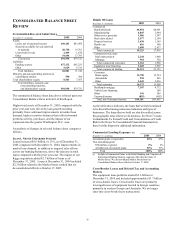 26
26 -
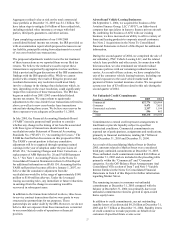 27
27 -
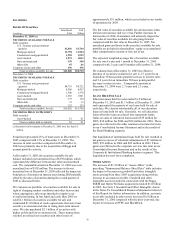 28
28 -
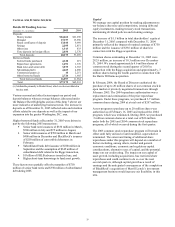 29
29 -
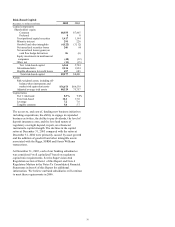 30
30 -
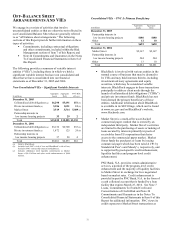 31
31 -
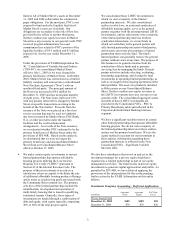 32
32 -
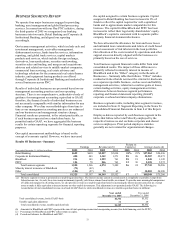 33
33 -
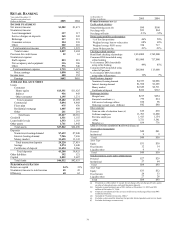 34
34 -
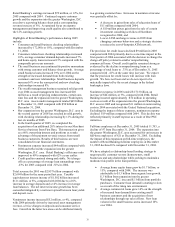 35
35 -
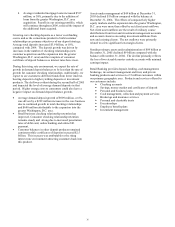 36
36 -
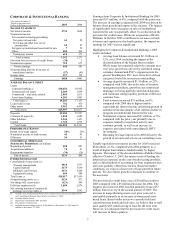 37
37 -
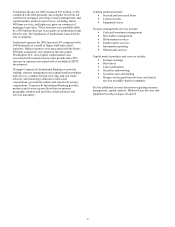 38
38 -
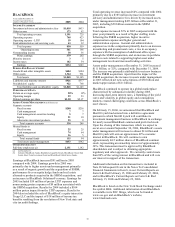 39
39 -
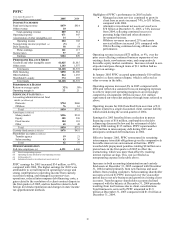 40
40 -
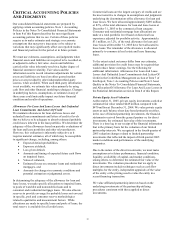 41
41 -
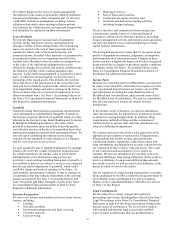 42
42 -
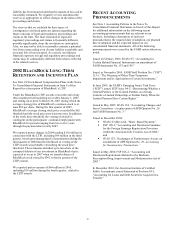 43
43 -
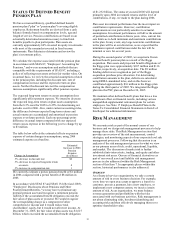 44
44 -
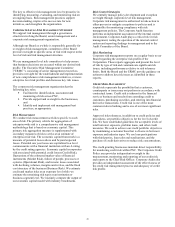 45
45 -
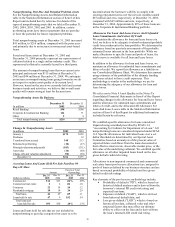 46
46 -
 47
47 -
 48
48 -
 49
49 -
 50
50 -
 51
51 -
 52
52 -
 53
53 -
 54
54 -
 55
55 -
 56
56 -
 57
57 -
 58
58 -
 59
59 -
 60
60 -
 61
61 -
 62
62 -
 63
63 -
 64
64 -
 65
65 -
 66
66 -
 67
67 -
 68
68 -
 69
69 -
 70
70 -
 71
71 -
 72
72 -
 73
73 -
 74
74 -
 75
75 -
 76
76 -
 77
77 -
 78
78 -
 79
79 -
 80
80 -
 81
81 -
 82
82 -
 83
83 -
 84
84 -
 85
85 -
 86
86 -
 87
87 -
 88
88 -
 89
89 -
 90
90 -
 91
91 -
 92
92 -
 93
93 -
 94
94 -
 95
95 -
 96
96 -
 97
97 -
 98
98 -
 99
99 -
 100
100 -
 101
101 -
 102
102 -
 103
103 -
 104
104 -
 105
105 -
 106
106 -
 107
107 -
 108
108 -
 109
109 -
 110
110 -
 111
111 -
 112
112 -
 113
113 -
 114
114 -
 115
115 -
 116
116 -
 117
117 -
 118
118 -
 119
119 -
 120
120 -
 121
121 -
 122
122 -
 123
123 -
 124
124 -
 125
125 -
 126
126 -
 127
127 -
 128
128 -
 129
129 -
 130
130 -
 131
131 -
 132
132 -
 133
133 -
 134
134 -
 135
135 -
 136
136 -
 137
137 -
 138
138 -
 139
139 -
 140
140 -
 141
141 -
 142
142 -
 143
143 -
 144
144 -
 145
145 -
 146
146 -
 147
147 -
 148
148 -
 149
149 -
 150
150 -
 151
151 -
 152
152 -
 153
153 -
 154
154 -
 155
155 -
 156
156 -
 157
157 -
 158
158 -
 159
159 -
 160
160 -
 161
161 -
 162
162 -
 163
163 -
 164
164 -
 165
165 -
 166
166 -
 167
167 -
 168
168 -
 169
169 -
 170
170 -
 171
171 -
 172
172 -
 173
173 -
 174
174 -
 175
175 -
 176
176 -
 177
177 -
 178
178 -
 179
179 -
 180
180 -
 181
181 -
 182
182 -
 183
183 -
 184
184 -
 185
185 -
 186
186 -
 187
187 -
 188
188 -
 189
189 -
 190
190 -
 191
191 -
 192
192 -
 193
193 -
 194
194 -
 195
195 -
 196
196 -
 197
197 -
 198
198 -
 199
199 -
 200
200 -
 201
201 -
 202
202 -
 203
203 -
 204
204 -
 205
205 -
 206
206 -
 207
207 -
 208
208 -
 209
209 -
 210
210 -
 211
211 -
 212
212 -
 213
213 -
 214
214 -
 215
215 -
 216
216 -
 217
217 -
 218
218 -
 219
219 -
 220
220 -
 221
221 -
 222
222 -
 223
223 -
 224
224 -
 225
225 -
 226
226 -
 227
227 -
 228
228 -
 229
229 -
 230
230 -
 231
231 -
 232
232 -
 233
233 -
 234
234 -
 235
235 -
 236
236 -
 237
237 -
 238
238 -
 239
239 -
 240
240 -
 241
241 -
 242
242 -
 243
243 -
 244
244 -
 245
245 -
 246
246 -
 247
247 -
 248
248 -
 249
249 -
 250
250 -
 251
251 -
 252
252 -
 253
253 -
 254
254 -
 255
255 -
 256
256 -
 257
257 -
 258
258 -
 259
259 -
 260
260 -
 261
261 -
 262
262 -
 263
263 -
 264
264 -
 265
265 -
 266
266 -
 267
267 -
 268
268 -
 269
269 -
 270
270 -
 271
271 -
 272
272 -
 273
273 -
 274
274 -
 275
275 -
 276
276 -
 277
277 -
 278
278 -
 279
279 -
 280
280 -
 281
281 -
 282
282 -
 283
283 -
 284
284 -
 285
285 -
 286
286 -
 287
287 -
 288
288 -
 289
289 -
 290
290 -
 291
291 -
 292
292 -
 293
293 -
 294
294 -
 295
295 -
 296
296 -
 297
297 -
 298
298 -
 299
299 -
 300
300
 |
 |
36
• Average residential mortgage loans increased $517
million, or 58%, primarily due to the addition of
loans from the greater Washington, D.C. area
acquisition. Payoffs in our existing portfolio, which
will continue throughout 2006, reduced the impact of
the additional loans acquired.
Growing core checking deposits as a lower cost-funding
source and as the cornerstone product to build customer
relationships are primary objectives of our deposit strategy.
Average total deposits increased $3.9 billion, or 10% ,
compared with 2004. The deposit growth was driven by
increases in the number of checking relationships (new
customer acquisition and the expansion into the greater
Washington, D.C. area) and the recapture of consumer
certificate of deposit balances as interest rates have risen.
During this rising rate environment, we expect the rate of
growth in demand deposit balances to be less than the rate of
growth for customer checking relationships. Additionally, we
expect to see customers shift their funds from lower interest-
bearing deposits to higher yielding deposits or investment
products. The shift was evident during the second half of 2005
and impacted the level of average demand deposits in that
period. Higher energy costs to consumers could also have a
negative impact on demand deposit balance growth.
• Average demand deposit growth of $909 million, or 6%,
was driven by a $229 million increase in the core business
due to continued growth in total checking relationships
and $680 million attributable to the expansion into the
greater Washington, D.C. area.
• Small business checking relationship retention has
improved. Consumer checking relationship retention
remains steady and strong due to increased penetration
rates of debit card, online banking and online bill
payment.
• Customer balances in other deposit products remained
consistent while certificates of deposits increased $2.5
billion. This increase was attributable to the rising
interest rate environment attracting customers back into
this product.
Assets under management of $49 billion at December 31,
2005 declined $1 billion compared with the balance at
December 31, 2004. The effects of comparatively higher
equity markets and the expansion into the greater Washington,
D.C. area were more than offset by net client asset outflows.
Net client asset outflows are the result of ordinary course
distributions from trust and investment management accounts
and account closures exceeding investment additions from
new and existing clients. The net outflows were primarily
related to a few significant low-margin clients.
Nondiscretionary assets under administration of $84 billion at
December 31, 2005 declined $9 billion compared with the
balance at December 31, 2004. The decline primarily reflects
the loss of two sizeable master custody accounts with minimal
earnings impact.
Retail Banking provides deposit, lending, cash management,
brokerage, investment management and trust, and private
banking products and services to 2.5 million customers within
our primary geographic area. Products and services offered to
our customers include:
• Checking accounts
• Savings, money market and certificates of deposit
• Personal and business loans
• Cash management, collection and payment services
• Brokerage and insurance services
• Personal and charitable trusts
• Executorships
• Employee benefit plans
• Investment management
